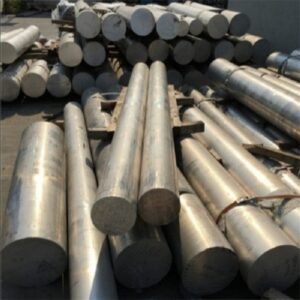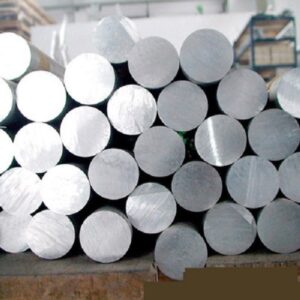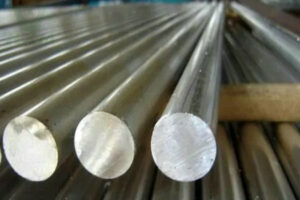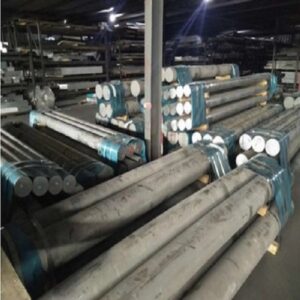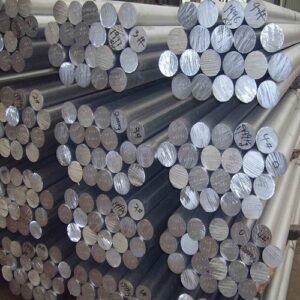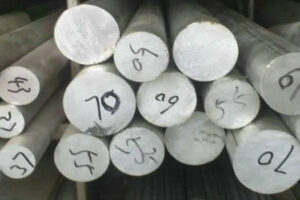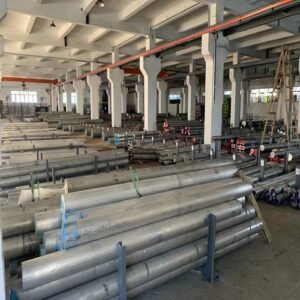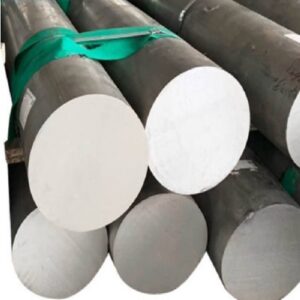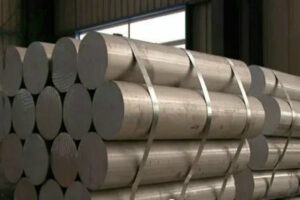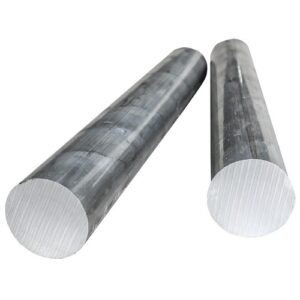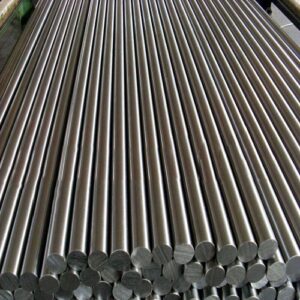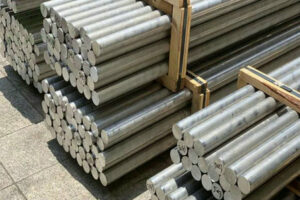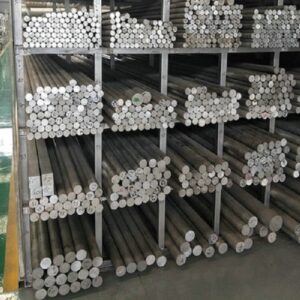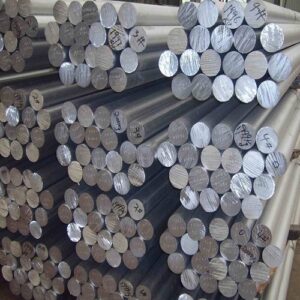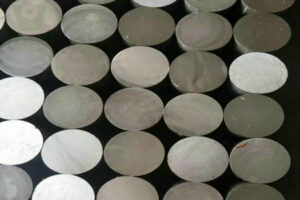6060 aluminum bar is a commonly used aluminum alloy product with excellent processing properties and good corrosion resistance, suitable for various industrial and construction applications. Its excellent strength-to-weight ratio, good weldability, and beautiful appearance make it an ideal choice for structural applications, mechanical parts, building frames, and automotive parts.
As one of the professional 6060 aluminum bar suppliers and manufacturers in China, we provide customers with high-quality aluminum bar products with complete specifications, sufficient inventory, and favorable prices. Welcome to contact us for more product information.
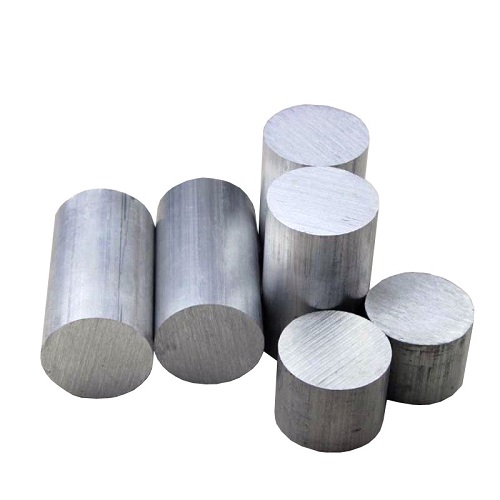
6060 Aluminum Bars Specifications
Standards: ASTM B221, B211, B565, B316, DIN AlMnCu
Aluminum bar form: Aluminum round, hexagonal, flat, semi-circular, oval, rectangular black, and glossy finish
Aluminum round bar diameter: 0.1-600mm, etc.
Aluminum hexagonal bar: 0.1-600mm, etc.
Aluminum angle bar size: 0.5mm*40mm*40mm-20mm*400mm*400mm
Aluminum flat steel thickness: 0.1-600mm, etc.
Aluminum flat bar size: 1-2500mm, etc.
Aluminum round bar length: 1-12m, random, fixed, and cut length or according to customer requirements
Product Introduction
6060 aluminum alloy, American deformed aluminum, and aluminum alloy. 6000 series aluminum alloy features: magnesium and silicon mainly. Mg2Si is the main reinforcing phase and the most widely used alloy. 6063, 6061 most used, other 6160, 6125, 6262, 6005, 6463. 6063, 6060, and 6463 are relatively low in the 6 series. 6262, 6005, 6082, and 6061 are relatively strong in the 6000 series. Characteristics: medium strength, good corrosion resistance, good welding performance, good process performance (easy to extrude into shape) good oxidation coloring performance.
6060 aluminum rod characteristics: medium > strength, good corrosion resistance, good welding performance, good process performance (easy to extrude forming) > oxidation coloring performance.
6060 Aluminum Bar Data Sheet
Chemical Composition
Here is the chemical composition of 6060 aluminum alloy presented in the table:
| Element | Al | Si | Mg | Fe | Cu | Mn | Cr | Zn | Ti | Each (Others) | Total (Others) |
|---|---|---|---|---|---|---|---|---|---|---|---|
| Content (%) | Remainder | 0.30-0.60 | 0.35-0.60 | 0.10~0.30 | ≤ 0.10 | ≤ 0.10 | ≤ 0.05 | ≤ 0.15 | ≤ 0.10 | ≤ 0.05 | ≤ 0.15 |
Notes:
Al: The remainder indicates that aluminum is the primary component, with all other elements making up less than 1.00%.
Si and Mg: These are the principal alloying elements, providing strength and hardness to the alloy.
Fe, Cu, Mn, Cr, Zn, and Ti: These elements are present in smaller amounts and help fine-tune the alloy’s properties.
Mechanical Properties
Here is a table showing the mechanical properties of 6060 aluminum bars in different temper conditions:
| Property | Temper (T5) | Temper (T6) | Temper (T4) |
|---|---|---|---|
| Tensile Strength | 190 MPa (27.5 ksi) | 220 MPa (32 ksi) | 150 MPa (21.7 ksi) |
| Yield Strength | 110 MPa (16 ksi) | 160 MPa (23 ksi) | 80 MPa (11.6 ksi) |
| Elongation (%) | 8 | 12 | 18 |
| Hardness (HB) | 55 | 60 | 50 |
Physical Properties
| Property | Value |
|---|---|
| Density | 2.70 g/cm³ |
| Melting Point | 615°C – 655°C |
| Thermal Conductivity | 200 W/m·K |
| Electrical Conductivity | 43% IACS |
| Coefficient of Thermal Expansion | 23.4 x 10⁻⁶ /°C |
| Modulus of Elasticity | 69 GPa |
| Poisson’s Ratio | 0.33 |
Application of 6060 Aluminum Bars
Construction Industry:
- Structural Framework: Used for building structural frameworks and support structures.
- Windows and Doors: Commonly used in the production of window and door frames, and curtain wall systems.
- Decorative Elements: Employed in the creation of architectural decorative panels and trim.
Transportation:
- Automotive Industry: Used in the manufacturing of automotive parts such as body panels, roof racks, and door frames.
- Rail and Metro: Used in the construction of structural components and interior fittings for trains and metro systems.
- Bicycles and Motorcycles: Utilized in the manufacturing of bicycle frames and motorcycle components.
Industrial Applications:
- Machinery Components: Employed in the production of structural parts and components for various machinery.
- Piping Systems: Used in industrial piping and hydraulic systems.
- Electrical Equipment: Used in the manufacture of enclosures and structural parts for electrical devices.
Consumer Goods:
- Furniture: Used to make lightweight and durable aluminum furniture such as tables, chairs, and shelving units.
- Sporting Goods: Utilized in the production of high-performance sporting equipment like ski poles and fishing rods.
- Household Items: Used in the creation of household decorative items and everyday products.
Electronics and Electrical:
- Heat Sinks: Used in the manufacture of heat sinks for electronic devices to aid in heat dissipation.
- Cable Ducts: Employed in cable protection and management systems.
Marine Applications:
- Boat Hulls: Used in the construction of small boats and yachts.
- Marine Equipment: Employed in the manufacturing of various marine equipment and accessories.
Advertising and Display:
- Display Stands: Used in the production of commercial display stands and exhibition booths.
- Signage: Employed in the creation of outdoor signage and advertising boards.
6060 Aluminum Bar Packages
The following is our company’s standard aluminum bar export packaging. If the customer has any packaging requirements, our company can meet them.
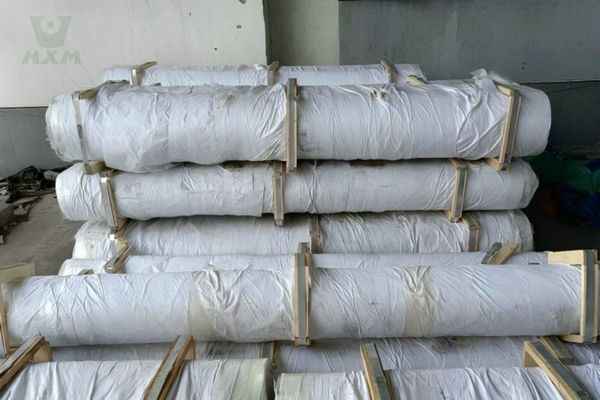
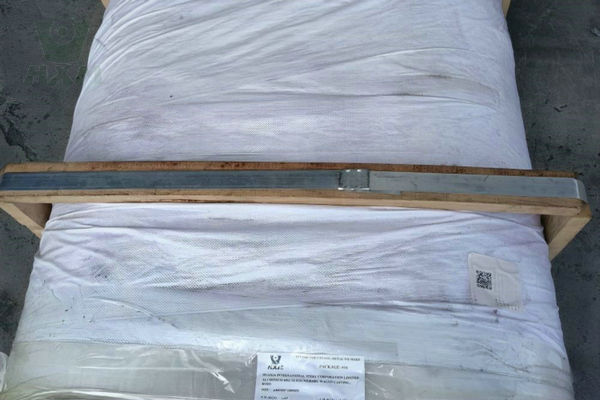
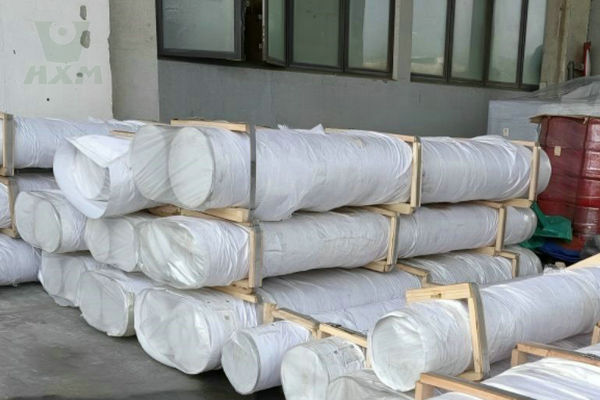
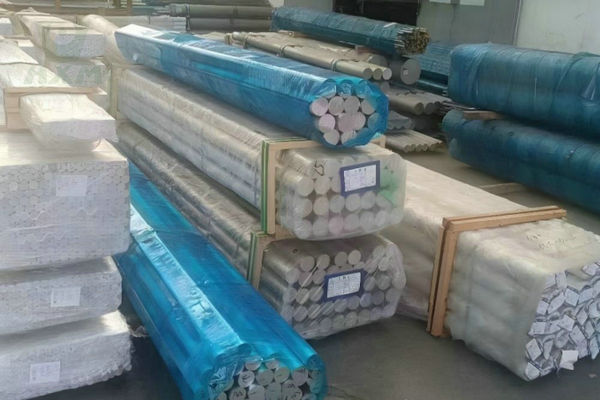
FAQ
What is 6060 Aluminum Bar?
6060 Aluminum Bar is a medium-strength aluminum alloy that features good corrosion resistance, excellent weldability, and easy processing. It is commonly used in construction, automotive, and industrial applications due to its balanced properties and versatility.
6060 Aluminum Bar Prices
The prices for 6060 aluminum bars can vary based on factors such as quantity, temper, dimensions, and market conditions. Typical pricing considerations include:
Size and Dimensions: Larger bars or custom sizes may incur higher costs.
Temper Condition: Different temper conditions may influence the price due to varying processing requirements.
Market Demand: Prices fluctuate based on supply and demand in the aluminum market.
To get accurate and competitive prices, it is recommended to request quotes from multiple aluminum bar suppliers, considering both local and online vendors. Bulk orders may also attract discounts, so consider your project’s volume requirements when seeking quotes.
Characteristics of 6060 Aluminum Bars
Medium Strength: While not as strong as 6061 aluminum, 6060 aluminum provides sufficient strength for many structural applications.
Good Corrosion Resistance: Exhibits excellent corrosion resistance, making it suitable for outdoor and marine environments.
Excellent Machinability: Can be easily machined using various methods, including turning, milling, drilling, and bending.
Good Weldability: Suitable for various welding techniques with good weld quality.
Anodizing Capability: Can be anodized easily, enhancing surface hardness and aesthetic appeal.
Can 6060 Aluminum Bar be Heat Treated?
Yes, 6060 aluminum bar can be heat treated. It is commonly subjected to heat treatments like aging (T5 and T6 tempers) to enhance its strength and hardness.
Is 6060 Aluminum Bar Easy to Weld?
Yes, the 6060 aluminum bar is indeed easy to weld, making it a versatile choice for a wide range of applications that require reliable and high-quality welds. Its excellent weldability, combined with good mechanical properties and corrosion resistance, makes it a material of choice for many industrial and commercial projects.
When considering a supplier or price for 6060 aluminum bars, make sure they offer material that meets your welding requirements and project specifications.
6061 Aluminum Bar VS Other Aluminum Alloys Bar
6060 vs. 6061 Aluminum Bars
Strength: 6061 aluminum bars are stronger than 6060, making them more suitable for structural applications.
Corrosion Resistance: Both alloys offer good corrosion resistance, but 6061 is slightly more robust in marine environments.
Weldability: 6060 aluminum bars have better weldability than 6061, making them easier to join without compromising the integrity of the weld.
Applications: 6061 is preferred for high-strength applications like aircraft, while 6060 is more commonly used in general fabrication and construction.
6060 vs. 6063 Aluminum Bars
Strength: Both alloys have similar strength, but 6063 is slightly more optimized for extrusion.
Corrosion Resistance: 6063 offers excellent corrosion resistance, better than 6060, particularly in harsh environments.
Anodizing: 6063 anodizes better than 6060, producing a smoother finish, making it ideal for architectural applications.
Applications: 6063 is often used in architectural and decorative applications, whereas 6060 is used in broader industrial applications.
6060 vs. 7075 Aluminum Bars
Strength: 7075 aluminum bars are much stronger than 6060, making them suitable for high-stress applications.
Corrosion Resistance: 7075 has moderate corrosion resistance and is often coated or treated for protection, while 6060 has good natural corrosion resistance.
Weldability: 6060 is easier to weld compared to 7075, which is difficult to weld and usually requires special techniques.
Applications: 7075 is used in aerospace and high-stress applications due to its superior strength, while 6060 is used in more general, less demanding applications.
6060 vs. 2024 Aluminum Bars
Strength: 2024 aluminum bars are stronger than 6060, particularly in tension.
Corrosion Resistance: 2024 has poor corrosion resistance and often requires protective coatings, while 6060 has good natural corrosion resistance.
Weldability: 6060 is much easier to weld than 2024, which has poor weldability.
Applications: 2024 is used in aerospace and military applications where high strength is critical, while 6060 is used in less demanding, more corrosion-prone environments.
For those looking for a 6060 aluminum bar supplier or asking about 6060 aluminum bar prices, understanding these differences can help guide the selection of the right material for a particular application.
